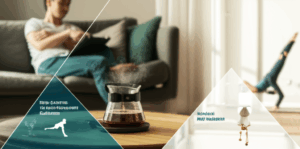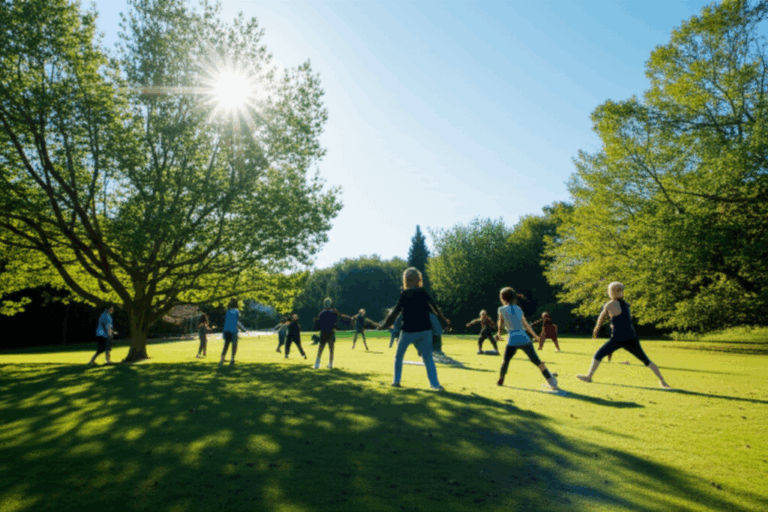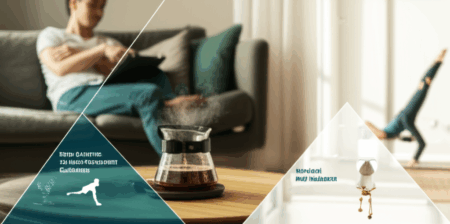A new report from the Centre for Mental Health, titled “Exercising our rights,” is calling for urgent action to boost access to gyms and leisure centers for individuals grappling with mental health difficulties. The report highlights that despite the proven benefits of physical activity for mental well-being, numerous “invisible barriers” currently prevent people with mental health conditions from engaging with these vital services, contributing to significant health inequalities.
The Centre for Mental Health, in collaboration with Rethink Mental Illness and funded by Sport England, examined the obstacles faced by people with mental health problems in accessing exercise opportunities. The findings underscore a pressing need for leisure facilities, local councils, and mental health services to collaborate more effectively to create truly inclusive environments.

The Critical Link Between Physical Activity and Mental Health
It is widely acknowledged that physical activity plays a crucial role in maintaining and improving mental health. Regular exercise can boost mood, reduce stress and anxiety, enhance self-esteem, improve sleep quality, and even help manage symptoms of depression and anxiety disorders. Research shows that people who exercise regularly experience better mental health and emotional well-being, with lower rates of mental illness. For those with mild-to-moderate depression, physical activity can be as effective as antidepressants or psychological treatments. Furthermore, regular physical activity can improve cognitive function and overall quality of life.
However, despite these clear benefits, people with mental health difficulties often face significant challenges in becoming or remaining physically active.
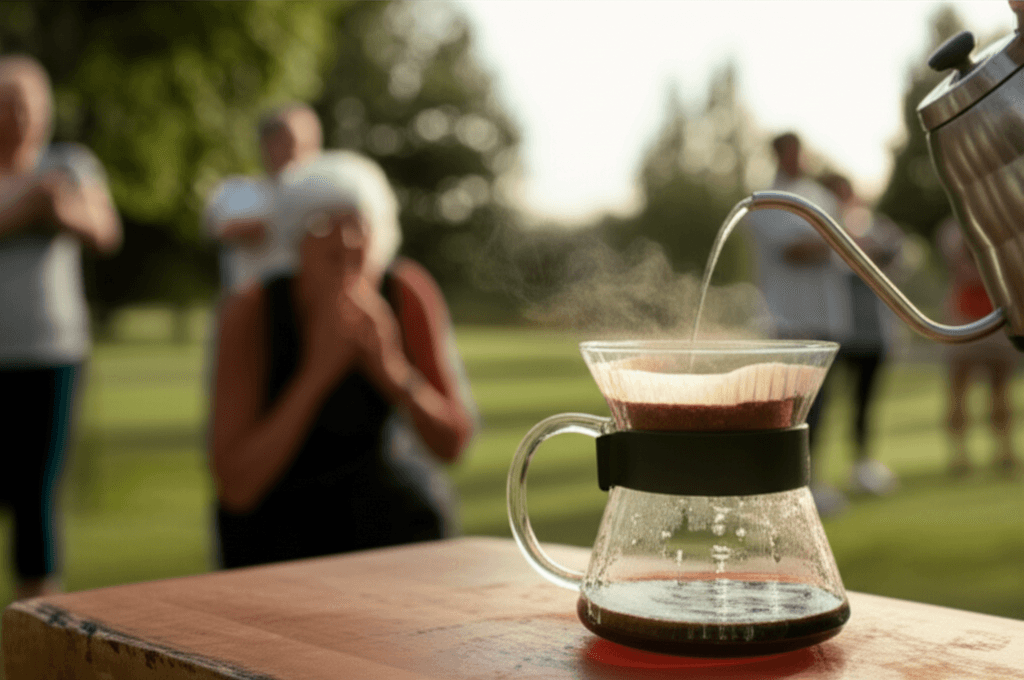
Invisible Barriers to Accessing Fitness Opportunities
The “Exercising our rights” report identifies several key barriers that prevent individuals with mental health difficulties from accessing gyms and leisure centers:
- Intimidating Environments: Gym settings can be overwhelming and intimidating, particularly for those experiencing anxiety or social isolation.
- Lack of Social Support: Many individuals lack the social encouragement or companionship that can make exercising easier and more enjoyable.
- Medication Side Effects: The side effects of psychiatric medications, such as fatigue or weight gain, can significantly hinder motivation and physical capability.
- Discouraging Conversations with Healthcare Professionals: Historically, physical activity has not always been a primary focus in mental healthcare, leading to missed opportunities for encouragement and guidance from professionals.
- Psychological Barriers: Low mood, stress, and lack of motivation are frequently cited as significant psychological barriers to exercise. Anxiety and negative body image can also prevent participation.
- Financial Constraints: The cost of gym memberships or classes can be prohibitive for many.
- Accessibility and Systemic Issues: Beyond the individual, broader systemic barriers within mental health facilities or communities, such as inadequate transport or unsafe neighborhoods, can limit opportunities.
The report further notes that these barriers are often amplified for women, people from racialized communities, and those living in poverty.

The Stark Reality: Reduced Life Expectancy
A sobering finding highlighted by the Centre for Mental Health is that people living with severe mental illness have a life expectancy that is 15-20 years shorter than the general population. This disparity is largely attributed to poorer physical health outcomes, which can be significantly improved through increased physical activity. Addressing the barriers to exercise is therefore not just about improving quality of life, but about tackling a profound injustice in health equality.

Recommendations for an Inclusive Future
The “Exercising our rights” report outlines several crucial recommendations to overcome these barriers and foster greater inclusion:
- Staff Training: Leisure center staff should receive training to understand the specific barriers faced by people with mental health difficulties and learn how to create a more welcoming and supportive environment.
- Inclusive Programming: Offering specific inclusive sessions, such as quiet gym or swimming times with reduced music and limited numbers, can make facilities more accessible and less intimidating. Some leisure providers are already implementing such sessions for individuals with conditions like autism, dementia, anxiety, and depression.
- Support for Carers: Providing support and resources for carers can indirectly help individuals with mental health conditions access physical activities.
- Lived Experience Involvement: Crucially, involving people with lived experience of mental health difficulties in the design and delivery of services is essential to ensure they are genuinely user-centered and effective.
- Local Council Responsibility: Local councils are urged to ensure their fitness and exercise services are equally accessible to people with mental illnesses.
- Cross-Sector Collaboration: Mental health services need to actively engage with local fitness and leisure providers to boost patients’ access to exercise facilities. Research indicates that physical activity interventions combined with psychological therapies can positively impact symptoms of depression and anxiety.
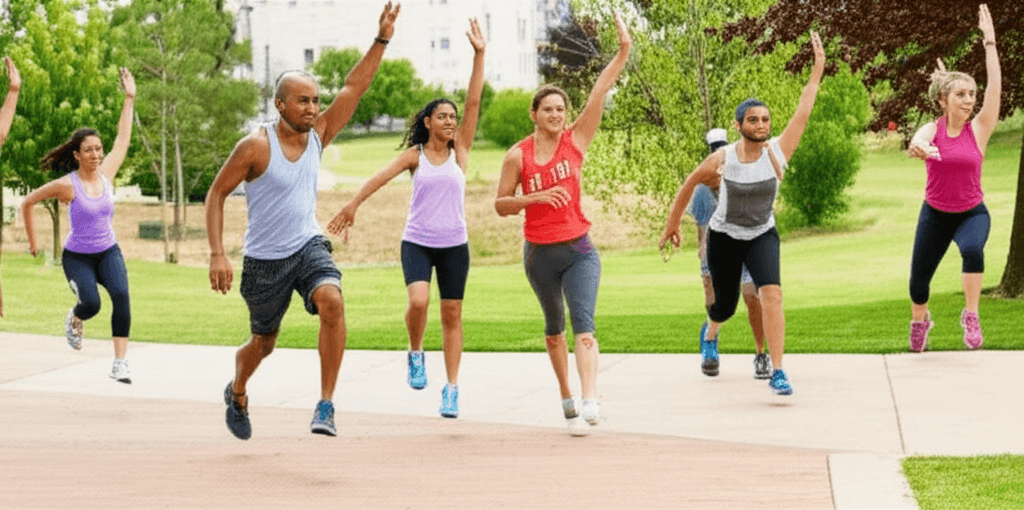
Moving Forward: A Holistic Approach
The evidence overwhelmingly supports the integration of physical activity into the routine care and support for people with mental disorders. This requires a multidisciplinary approach that recognizes the unique challenges faced by individuals and works to overcome both individual and systemic barriers. By fostering accessible, inclusive, and supportive environments, gyms, leisure centers, and healthcare providers can play a vital role in enhancing the physical and mental well-being of people with mental health difficulties, ultimately working towards a more equitable and healthier society.


